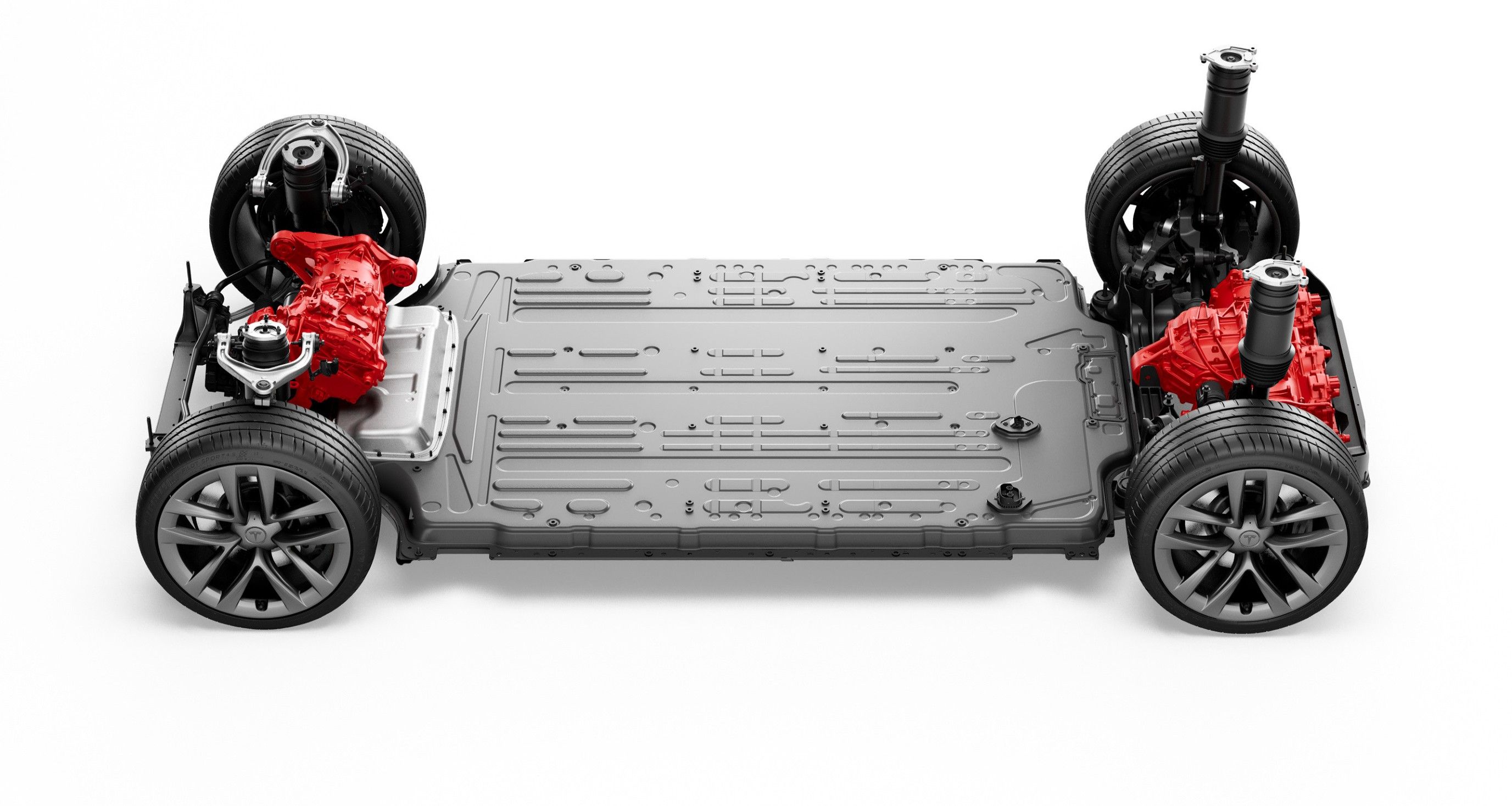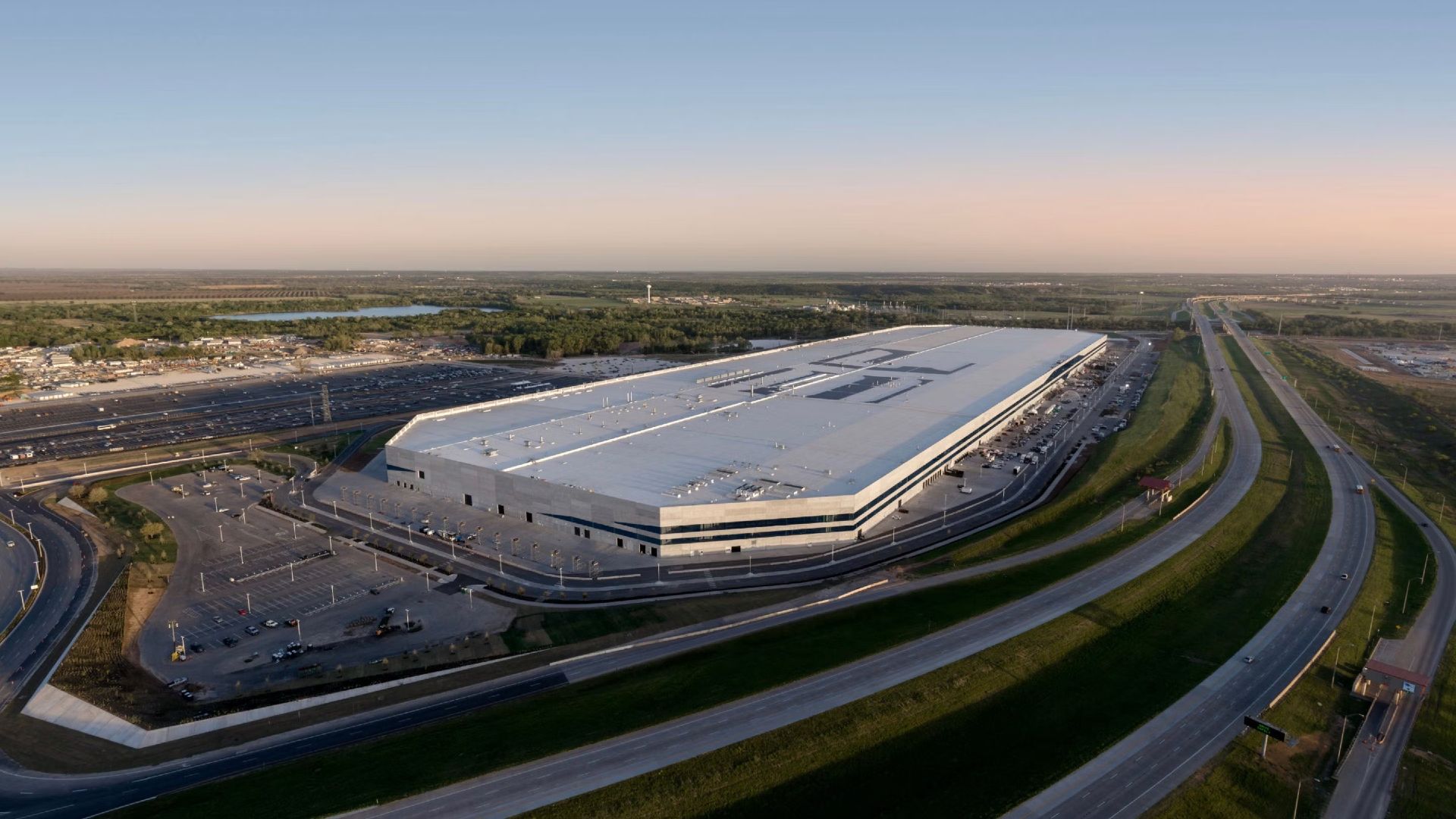Toyota was once the leader in electrification. As a pioneer of the hybrid electric vehicle (HEV), you'd think that by now, they've figured out how to make a pure electric vehicle (EV). But somewhere down the line, the company insisted there's more to carbon neutrality than just releasing more EVs, which led the world's largest automaker to lag behind the EV race. As a result, EVs like the Toyota bZ4X are too inferior compared to what Tesla does with the Model Y, and to figure out why, Toyota's engineers decided to tear down a Model Y themselves.
Toyota's Teardown Of A Tesla Model Y
Once Toyotsa tore down the Tesla Model Y, Toyota's engineers found out that they are lagging behind so much due to these four key areas. The first is its dedicated platform. Since Tesla has a clean sheet design for its EVs, the Model Y does not suffer from any of the packaging constraints of having a platform that's derived from a car with an internal combustion engine (ICE). The bZ4X, while it rides on the e-TNGA platform, is still based on a platform for ICE cars. This meant constraints like no front trunk, a platform that isn't optimized to make the battery inherently part of the structure, and a less-than-optimal range.
The other factors determined by Toyota's engineers include Tesla's advanced battery technology, designated EV production site, and the American EV maker's software-defined architecture. The Toyota engineers view the Model Y as an EV that's so advanced, one executive even said to Automotive News, "It's a whole different manufacturing philosophy," while another added, "We need a new platform designed as a black-sheet EV." These are indeed strong admissions from engineers of the world's largest automaker. That's because while the Tesla Model Y looks unchanged since it was first released in March 2019, a lot has changed underneath the skin, especially in terms of manufacturing.
Tesla Has Already Revolutionized EV Manufacturing
In 2021, Tesla introduced single-piece rear and front frame casting. Yes, that's an entire front and rear end of a car created through one of the world's largest die-casting machines as opposed to having multiple die-casted parts welded together to create a front or rear end. Not only does it significantly reduce complexity, but because it's now one single rigid part, the added structural rigidity is on another level. This manufacturing step, which has now been unofficially called "giga casting," is seen as a manufacturing breakthrough that even Toyota's engineers were amazed by.
While Tesla is the global leader in EV sales, Toyota wants to catch up. Remember the Japanese automaker's plan to release 16 Toyota and Lexus EVs by 2030? Some sources say that the plan's already been scrapped in favor of a new EV roadmap to be detailed in 2026 as a wake-up call for them to do even better. That's a three-year wait and one that would mean that other legacy manufacturers who have already dipped their toes into EV manufacturing will be even further ahead of Toyota by that time.




